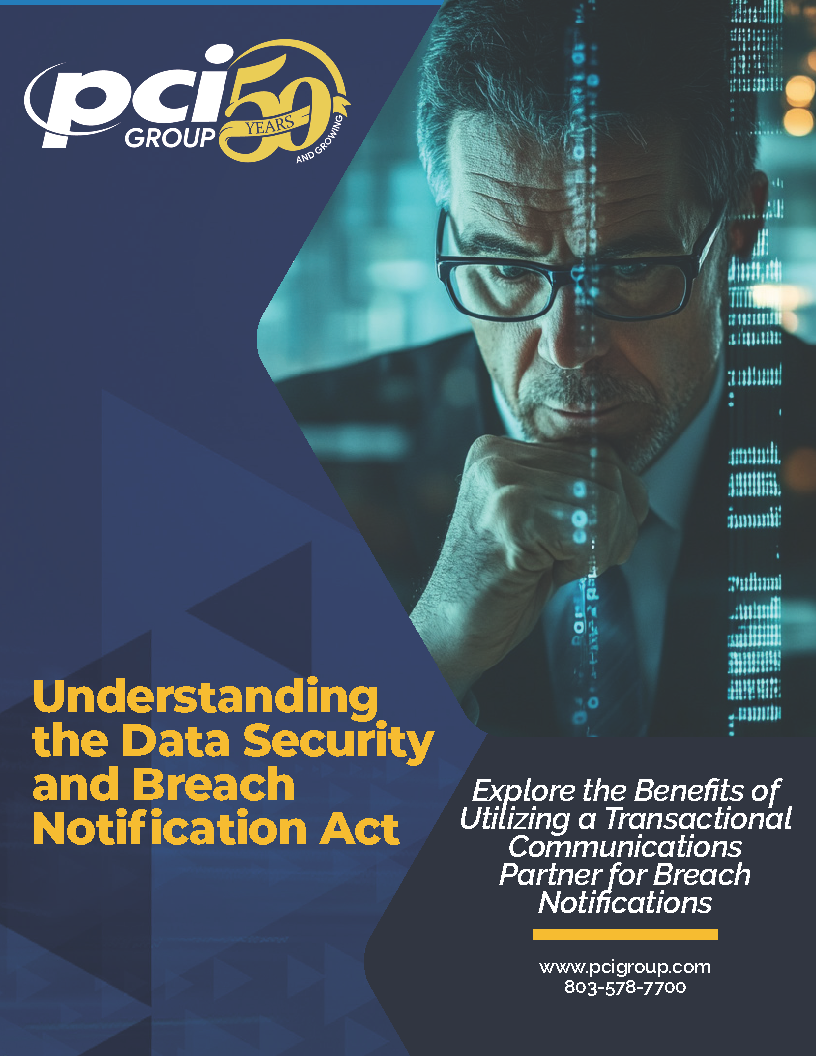 In today’s digital landscape, data breaches have become an unfortunate reality for many businesses. When a breach occurs, regulatory-compliant data breach notifications are essential to maintain trust and comply with legal requirements. This blog delves into the intricacies of data breach notification compliance and how businesses can ensure their notifications are both effective and compliant.
In today’s digital landscape, data breaches have become an unfortunate reality for many businesses. When a breach occurs, regulatory-compliant data breach notifications are essential to maintain trust and comply with legal requirements. This blog delves into the intricacies of data breach notification compliance and how businesses can ensure their notifications are both effective and compliant.
The Importance of Data Breach Notifications
Data breach notifications are a vital component of a company’s response strategy. They serve to inform individuals whose personal data may have been compromised, helping them take necessary precautions to protect themselves from potential harm. However, the process of notifying affected individuals is not as simple as sending a generic communication. Businesses must navigate a complex web of laws and regulations to ensure their notifications are both compliant and effective.
Navigating Data Breach Notification Laws
In the United States, data breach notification laws are designed to ensure that individuals are informed when their personal information has been compromised. Here are some key federal and state regulations that mandate data breach notifications:
- California Consumer Privacy Act (CCPA): Requires businesses to notify California residents of breaches involving their personal information promptly, within 45 days.
https://oag.ca.gov/privacy/ccpa - Health Insurance Portability and Accountability Act (HIPAA): Mandates healthcare organizations to notify individuals of breaches involving protected health information (PHI) within 60 days. Larger breaches also require notification to HHS and the media.
https://www.ama-assn.org/practice-management/hipaa/hipaa-breach-notification-rule - New York State SHIELD Act: Requires businesses to notify New York residents of breaches quickly, typically within 30 days, and also notify the Attorney General.
https://ag.ny.gov/resources/organizations/data-breach-reporting/shield-act - Other State-Specific Laws: Each state has its own notification requirements, varying in specifics but generally requiring prompt notification (usually within 30 to 60 days) and including details about the breach and protective measures.
Print and Mail letters are often required for data breach notifications to consumers. Legal requirements for data breach notifications vary by jurisdiction, but many regulations mandate that affected individuals be notified through direct mail. This ensures that the notification reaches the consumer even if electronic communication methods fail or if the individual’s email address is not available. Specific requirements can differ based on the location and type of data breach, so it’s important to refer to the relevant laws and regulations governing data breaches in your area.
Effective Data Breach Notifications
 Creating effective and regulatory-compliant data breach notifications involves several key steps:
Creating effective and regulatory-compliant data breach notifications involves several key steps:
- Timely Notification
Regulations typically specify a timeframe within which affected individuals must be notified. Ensuring prompt notification helps maintain compliance and builds trust with stakeholders. - Clear and Concise Communication
Notifications should be written in clear, understandable language. Avoid technical jargon and provide a straightforward explanation of what happened, the data involved, and the potential impact. - Detailed Information
Include essential details such as the nature of the breach, how it was discovered, and steps taken to mitigate the damage. Additionally, provide guidance on what affected individuals can do to protect themselves. - Contact Information
Offer a point of contact for affected individuals to get more information or assistance. This can include a dedicated phone line, email address, or a website with additional resources.
Any notification communication should be reviewed by your legal counsel.
The Role of Print and Mail in Data Breach Notifications
While digital notifications are common, print and mail notifications remain crucial, particularly for reaching individuals who may not have immediate digital access. Here’s how businesses can leverage print and mail for data breach notifications:
- Ensuring Confidentiality and Security
Printed notifications should be handled with the same level of security as digital communications. Use secure printing facilities and processes to prevent unauthorized access to sensitive information. - Ensuring Confidentiality and Security
Personalize notifications to make them more relevant to the recipient. This can help in reassuring individuals that the organization is taking the breach seriously and addressing their specific concerns. - Compliance with Postal Regulations
Ensure that printed notifications comply with postal regulations, including using appropriate envelopes and labels to maintain confidentiality.
Best Practices for Printing and Mailing Data Breach Notifications
To achieve effective and compliant print and mail notifications, consider the following best practices:
- Data Accuracy
Ensure that mailing lists are up-to-date and accurate to avoid sending notifications to incorrect addresses. - Secure Printing
Use secure printing processes to protect sensitive information and prevent unauthorized access during production. - Tracking and Reporting
Implement tracking systems to monitor the delivery of notifications and maintain records for compliance purposes.
Conclusion
Data breach notification compliance is a critical aspect of modern business operations. By understanding the relevant regulations and implementing best practices for both digital and print notifications, organizations can effectively manage data breaches and maintain trust with their stakeholders. At PCI Group, we specialize in secure and compliant transactional print and mail services, ensuring your data breach notifications meet all regulatory standards. Contact us today to learn more about our services and how we can help your business stay compliant.


